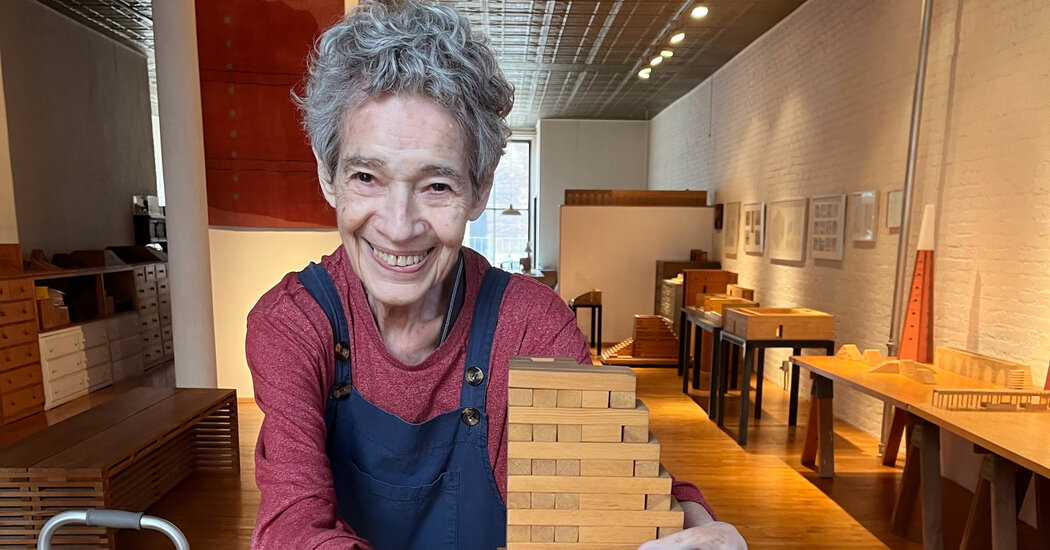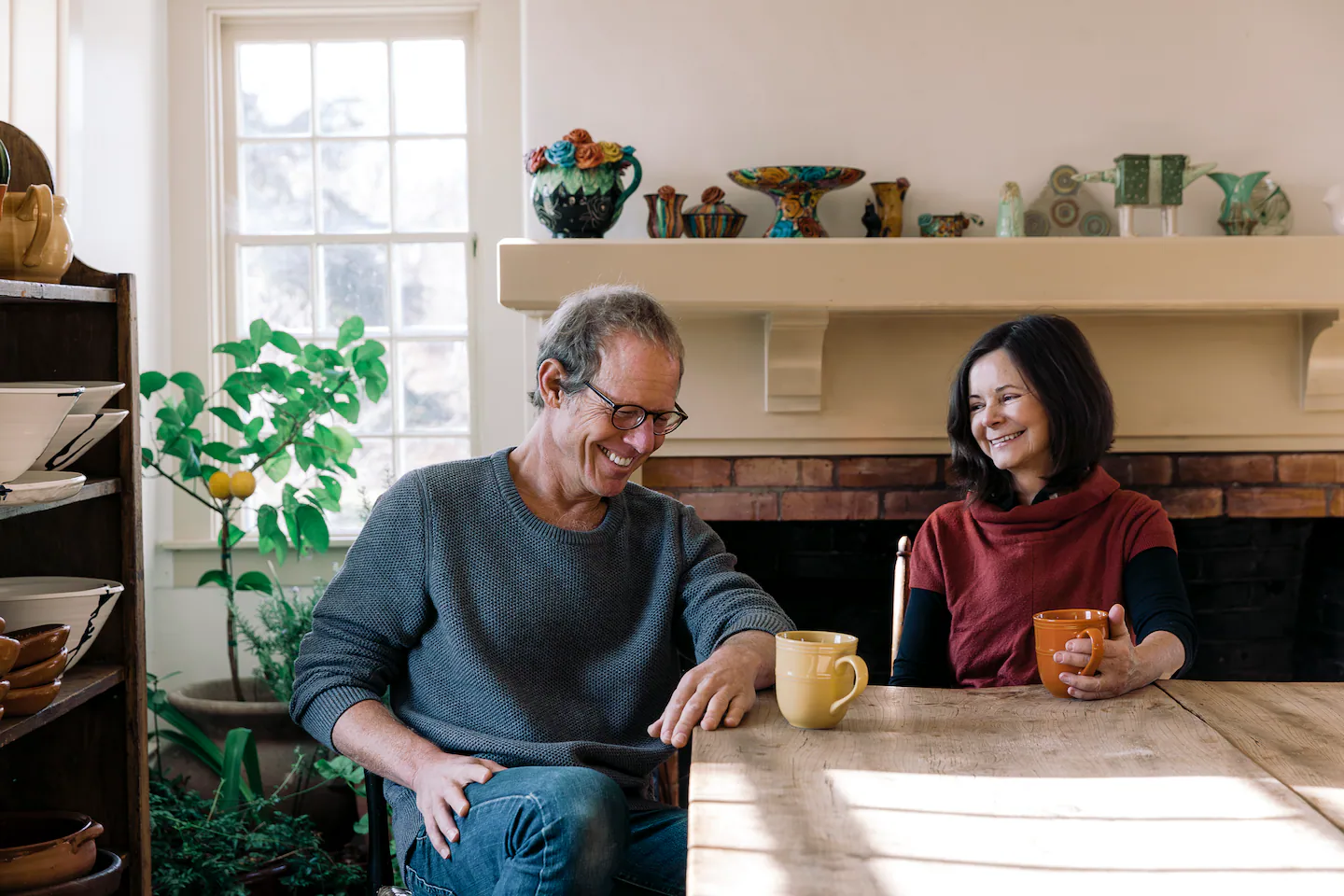Copyright The New York Times

Jackie Ferrara, a sculptor who stacked lengths of wood into objects that resembled pyramids, stairways and towers, imbuing the sleek forms of Minimalism with an aura of ancient mystery, died on Wednesday in Basel, Switzerland. She was 95. Tina Hejtmanek, her estate and legacy adviser, said Ms. Ferrara died by physician-assisted suicide. Ms. Ferrara, long a figure on the New York art scene, said in a recent interview that though she was in good health, she had decided to end her life after falling twice in the past year, reminding her not only of her frailty but also of her dislike of dependency on other people. “I don’t want a housekeeper,” she said with characteristic forthrightness. “I never wanted anybody. I was married three times. That’s enough.” She traveled to Switzerland to end her life because physician-assisted suicide is illegal in the United States except when provided to the terminally ill. Although not a household name, Ms. Ferrara was highly esteemed in the art world by critics and fellow artists. The critic Peter Schjeldahl, writing in The New York Times in 1980, called her “one of our most gifted and inventive sculptors.” One of her pieces, he said, had “the intransigent presence of a cement bunker and the winning complexity of Baroque architecture.” Indeed, her work was an improbable combination of ruler-measured precision and quirky invention. Whether she was making a small stepped pyramid that could fit on a side table, or a kingly outdoor piece like “Amphitheater” (1999), which could seat 200 visitors at the Los Angeles County Museum of Art, she remained the most craft-obsessed of Minimalists. Thank you for your patience while we verify access. If you are in Reader mode please exit and log into your Times account, or subscribe for all of The Times. Thank you for your patience while we verify access. Already a subscriber? Log in. Want all of The Times? Subscribe.



